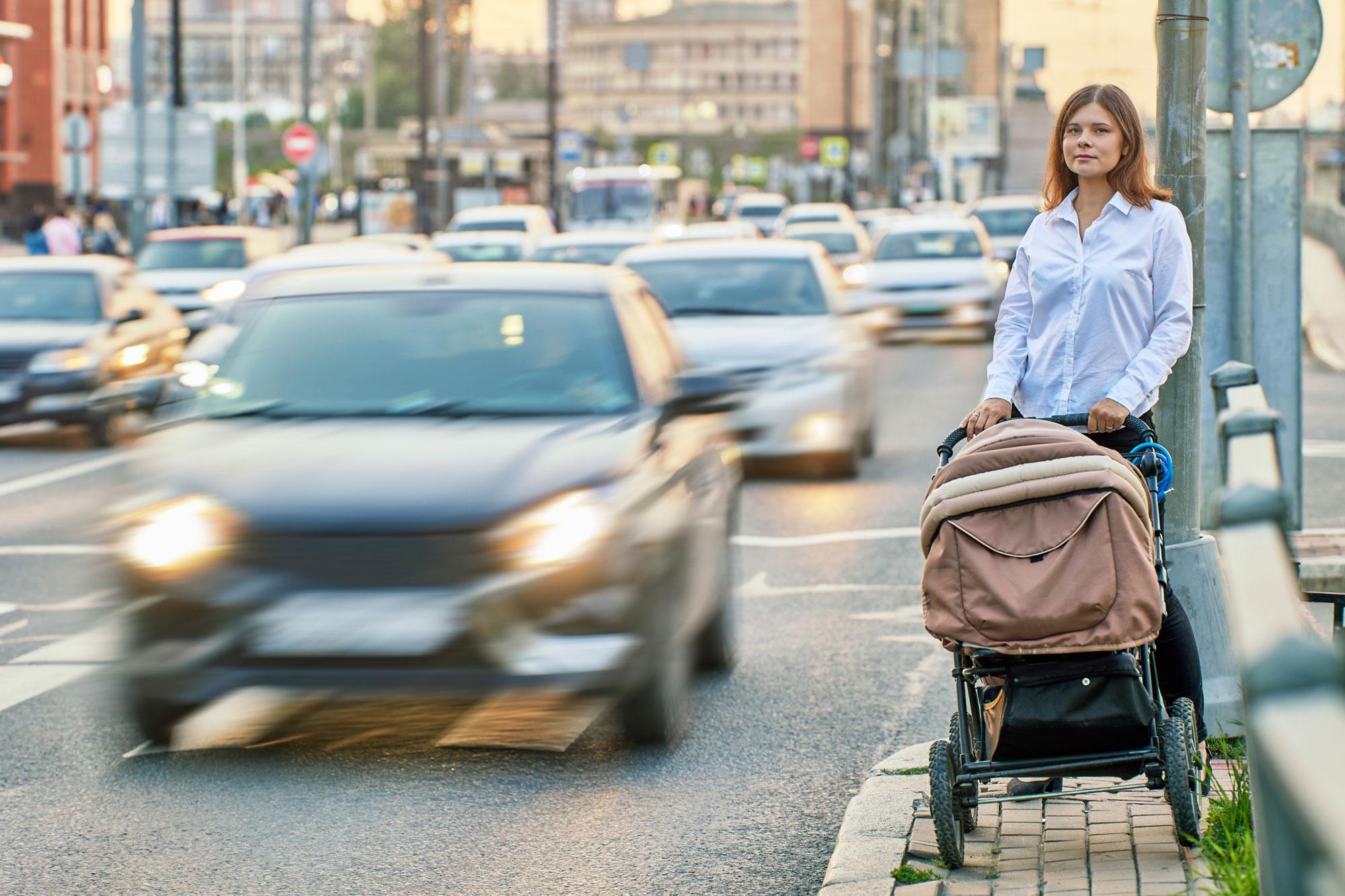Children are the greatest victims of an invisible enemy that plagues us every day. From ADHD to Alzheimer’s, these are the potential impacts of air pollution on the most vulnerable.
Although air quality is better than in the past, the number of medical conditions linked to air pollution is on the rise. This is because today we have more learn about the potential effects of toxins in the air on our body, brain and mental health.
Children are particularly at risk. They are up to 37% more exposed to particulates and nitrogen dioxide than adults, as emissions from passenger cars and freight traffic are more likely to remain at a height of 1 meter (child height) than at 2 meters (height of the child). of the adult). In addition, particulate pollution peaks around intersections and bus stops when children go to school in the morning.
Even the unborn child has to face it. Research from the University of Hasselt and the University of Aberdeen has just shown that in addition to the placenta, now also in the vital organs traces of air pollution can already be found in unborn children. These are tiny particles of soot that we know can cause cancer. And that while these organs in the unborn child are still in full development. The exact effect of soot particles in fetuses on the development of older children needs to be further investigated.
But what air pollution in general does to babies and children is becoming increasingly clear.
- Increased risk of lower birth weight and stillbirth
Babies are more likely to have low birth weight if their mothers were exposed to air pollution during pregnancy. Pollution, particularly from particulate matter, increases the risk of low birth weight by 2 to 6%. Babies with a low birth weight are at higher risk of death in the first month, as well as of diseases later in life, including cardiovascular disease.
Air pollution also increases the risk of stillbirth. An analysis of 13 studies on the link between air pollution and stillbirth shows that there is indeed a connection. The risk is particularly high in the last few weeks of pregnancy. The effects demonstrated have been relatively small, but as we breathe air everywhere and at all times, the problem is not to be underestimated. However, the researchers also say more research is needed to confirm the link between polluted air and stillbirths.
- Risk of Alzheimer’s signs
Very disturbing is a study conducted by British scientists with children in Mexico City. There, children who have long been exposed to air pollution even show signs of Alzheimer’s and other neurological disorders in the brain. The researchers found signs of Alzheimer’s, but also Parkinson’s and motor neuron disease (MND) in the brains of 186 young residents between 11 months and 27 years of age. Typical neuropathological features found in even the youngest child included the growth of nerve cells, plaques and tangles formed from misfolded proteins in the brain. The researchers also found high concentrations of iron, aluminum and titanium-rich nanoparticles in the brain stem. The iron and aluminum particles were strikingly similar to the particles in combustion engine air pollution and wear.
- Worst school results
Texas researchers found that students exposed to air pollution tend to do worse in school. Is this consequence direct or not? On the one hand, air pollution makes children sick, making them skip school more often and thus creating a disadvantage. On the other hand, chronic exposure to air pollution can negatively affect the neurological development of these children’s brains.
Air pollution has a short-term impact on academic achievement, Chinese scientists say. They found that a high degree of pollution leads to markedly worse scores on language and math tests. This can have important consequences, for example for students who have to take crucial exams on days of high air pollution.
When children are frequently exposed to air pollution, especially if there is a high percentage of harmful particulate matter in the air, they are up to 62% more at risk of developing ADHD.
Air pollution damages the airways, causes inflammation, scar tissue formation, and increases the risk of hypersensitivity and asthma. Every year, four million children worldwide develop asthma due to air pollution caused by car traffic. There are 11,000 children a day. Asthma is linked to nitrogen dioxide emissions.
What can you do alone?
It is primarily the government’s job to ensure that healthy air is a fundamental right. As an individual citizen, you can’t help but make a few small sensible choices:
- Do you carry your youngest child in the stroller when taking the kids to school? Then close the stroller with the rain cover.
- Avoid busy streets or change your bike path to a more pedestrianized street.
- Do you live near a busy road? So ventilate your home especially from the back.
- Don’t get stuck in a traffic jam. This leads to the peak of exposure. Rather opt for public transport.


